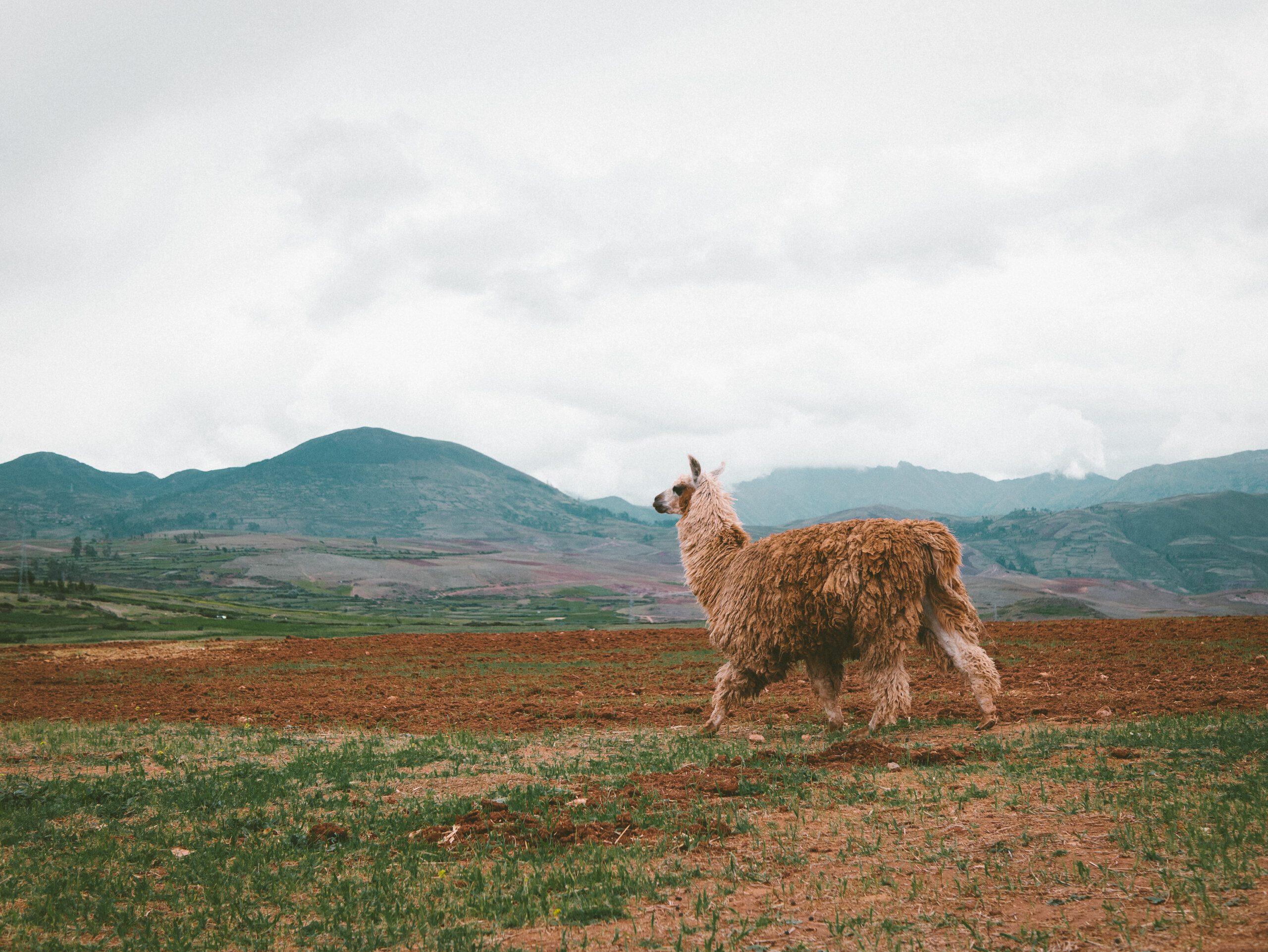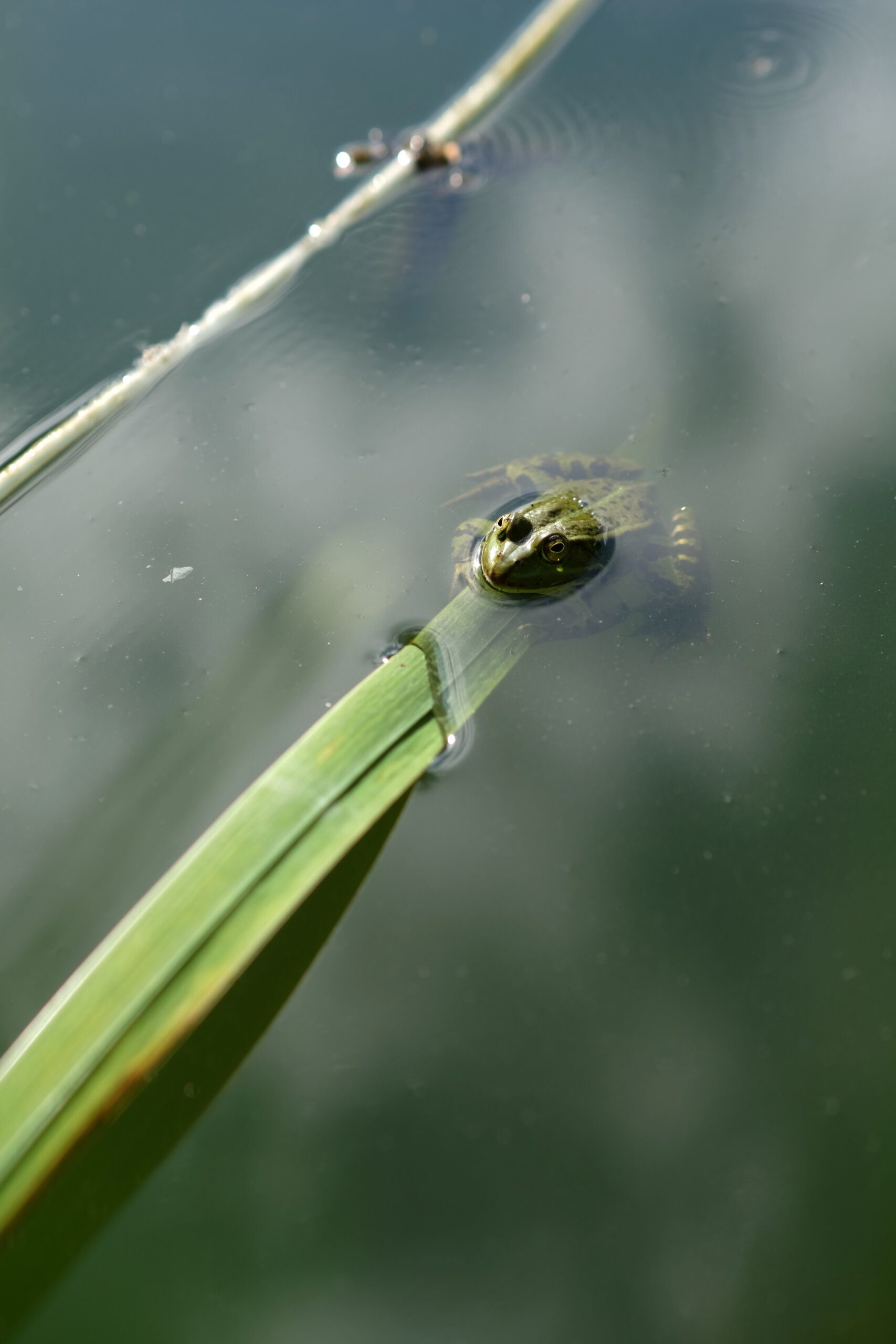Imagine the wonder of unraveling the mysteries behind the origins of capybaras! These adorable creatures, with their gentle nature and friendly demeanor, have captivated the hearts of many. In this article, we will embark on a fascinating journey to unveil the ancestral roots of these unique animals. From their humble beginnings in South America to their modern-day presence across the world, get ready to be amazed by the captivating story of the capybaras’ origins. So, let’s dive into the intriguing world of these charismatic creatures and explore where they truly come from.
Classification of Capybaras

1.1. Kingdom: Animalia
Capybaras belong to the animal kingdom, which is the highest level of classification for living organisms. The kingdom Animalia includes all multicellular animals, characterized by their ability to move, obtain energy from food, and reproduce sexually.
1.2. Phylum: Chordata
Within the animal kingdom, capybaras are classified under the phylum Chordata. This phylum comprises animals with a notochord, a flexible rod-like structure that runs along the length of their bodies. Chordates also possess a dorsal nerve cord, pharyngeal gill slits, and a post-anal tail at some point during their development.
1.3. Class: Mammalia
Capybaras fall under the class Mammalia, which includes mammals. Mammals are characterized by several unique features, such as mammary glands that produce milk, hair or fur covering their bodies, and the ability to regulate their body temperature internally. They also possess specialized teeth and a highly developed brain.
1.4. Order: Rodentia
The order Rodentia is where capybaras are classified. Rodents include a wide range of small to medium-sized mammals, recognizable by their continuously growing incisors. They have adapted to various habitats worldwide and are known for their gnawing and chewing behavior.
Geographic Distribution of Capybaras
2.1. South America
Capybaras are native to South America, where they are widespread across various countries and habitats. They have a wide distribution, spanning from Panama in Central America to northern Argentina. The majority of their population is found in countries such as Brazil, Venezuela, Colombia, and Paraguay.
2.2. Countries of Distribution
Within South America, capybaras can be found in several countries. They are particularly abundant in Brazil, where the largest population of capybaras exists. Other countries where capybaras can be found include Venezuela, Colombia, Ecuador, Peru, Bolivia, Paraguay, Uruguay, and Argentina.
2.3. Habitat Preferences
Capybaras are highly adaptable and can thrive in a variety of habitats. They are often found in areas with abundant water sources, such as rivers, lakes, and marshes. Capybaras are semi-aquatic and require water for bathing and cooling down. They can also be found in grasslands, forests, and wetlands, as long as there is sufficient vegetation for grazing and cover for protection.
Fossil Record of Capybaras
3.1. Ancient Capybaras: Hydrochoerinae
The fossil record of capybaras traces back millions of years. Fossils belonging to ancestral forms of modern capybaras have been found in Europe and South America. The ancient relatives of capybaras, known as Hydrochoerinae, existed during the Miocene epoch and have left valuable insights into the evolutionary history of these remarkable creatures.
3.2. Evolutionary History
The evolutionary history of capybaras can be traced back to their ancient relatives, the Hydrochoerinae. Over time, capybaras have evolved to adapt to changing environments and have diversified into different species. Their evolution is closely linked to the geological and climatic changes that have occurred throughout the ages.

3.3. Geological Time Periods
Capybaras have lived through various geological time periods, including the Miocene, Pliocene, Pleistocene, and Holocene epochs. The fossil record provides evidence of their existence during these periods and helps us understand their distribution, morphology, and behavior in different geological contexts.
Ancestor of Capybaras
4.1. Rodentia Evolution
Capybaras are members of the order Rodentia, which encompasses a diverse group of rodents. Rodents have a long evolutionary history and are believed to have originated around 60 million years ago. They have adapted to a wide range of environments and exhibit a remarkable variety of sizes, forms, and lifestyles.
4.2. Capybaras’ Closest Relatives
Capybaras are closely related to other hystricomorph rodents, such as guinea pigs, chinchillas, and porcupines. These rodents share common ancestry and possess similar physiological and morphological characteristics. Understanding the relationship between capybaras and their closest relatives provides valuable insights into their evolution and ecological niche.
4.3. Common Ancestor
The common ancestor of capybaras and their closest relatives lived millions of years ago. Through genetic studies and analysis of skeletal remains, scientists have been able to unravel the evolutionary tree and establish the lineage of capybaras within the rodent family. The study of common ancestry helps in understanding the shared traits and evolutionary paths of different species.
Capybaras in Pre-Columbian Times
5.1. Indigenous Cultures
Capybaras have played a significant role in the cultures of indigenous peoples in South America. Throughout history, capybaras have been revered and symbolized different aspects of life. They have been depicted in indigenous artwork, folklore, and rituals, highlighting their cultural importance to these native communities.
5.2. Domestication Potential
Indigenous cultures in South America recognized the potential of capybaras as a domesticated animal. Their docile nature, large size, and adaptability made them suitable for various purposes, such as a source of meat, fur, and even companionship. Capybaras were tamed and kept in captivity by some indigenous groups, showcasing the early human-capybara interaction.
5.3. Artifacts and Evidence
Archaeological artifacts and evidence from pre-Columbian times provide insights into the relationship between humans and capybaras. Pottery, paintings, and sculptures depicting capybaras have been found, indicating the cultural significance of these animals. Additionally, skeletal remains of capybaras found in archaeological sites shed light on their usage and interaction with ancient communities.
Capybaras in Modern Times
6.1. Populations and Conservation
In modern times, capybaras continue to thrive in various parts of South America. However, their populations are not without challenges. Human activities such as deforestation, habitat loss, and hunting pose a threat to capybara populations. Conservation efforts are being undertaken to protect their habitats and promote sustainable practices to coexist with these unique creatures.
6.2. Ecological Role
Capybaras play a crucial ecological role in their habitats. As herbivores, they contribute to seed dispersal, vegetation management, and nutrient cycling. Their grazing behavior helps maintain the balance and diversity of plant species in wetlands and grasslands. They also serve as prey for predators and contribute to the overall ecosystem functioning.

6.3. Cultural Significance
Capybaras hold cultural significance in modern times as well. They are often celebrated in local festivals and events, reflecting their importance in the cultural fabric of South American countries. Capybara tourism has also gained popularity, attracting visitors who are fascinated by these gentle giants and wish to experience their natural habitat.
Genetic Studies on Capybaras
7.1. Molecular Techniques
Advancements in molecular techniques have allowed scientists to study the genetic makeup of capybaras. DNA analysis provides insights into their genetic diversity, population structure, and phylogenetic relationships with other rodent species. Molecular techniques have greatly enhanced our understanding of the evolutionary history and conservation needs of capybaras.
7.2. Phylogenetic Relationships
By comparing DNA sequences, scientists have been able to determine the phylogenetic relationships of capybaras with other species. These studies have revealed their close evolutionary ties with other hystricomorph rodents and have helped refine the understanding of their taxonomic classification. Phylogenetic studies provide a valuable framework for understanding the evolutionary tree of life.
7.3. Genetic Diversity
Assessing the genetic diversity of capybaras is essential for their conservation. Genetic studies have revealed the presence of distinct populations and subspecies, each with its own genetic characteristics. Understanding the genetic diversity within capybara populations helps identify areas of concern and facilitates effective conservation strategies to ensure their long-term survival.
Capybaras as Pets
8.1. Keeping Capybaras as Pets
Capybaras have gained popularity as exotic pets in some regions. Their friendly nature and unique appearance make them appealing to some individuals. However, it is important to note that capybaras have specific care requirements and should only be kept as pets by those who can provide adequate space, proper diet, and social interaction in a responsible and legal manner.
8.2. Challenges and Considerations
Keeping capybaras as pets presents certain challenges and considerations. Their large size necessitates a spacious enclosure, preferably with access to water. Capybaras also require a herbivorous diet and social interaction with their own kind. Additionally, their long lifespan and specific environmental needs make their care a long-term commitment that should not be taken lightly.
8.3. Legalities and Regulations
It is crucial to be aware of the legalities and regulations surrounding the ownership of capybaras as pets. Different countries and localities have varying laws regarding the ownership, importation, and trade of exotic animals. Prospective capybara owners should thoroughly research and comply with the relevant laws and regulations to ensure the welfare and legality of their pet capybara.
Capybaras in Popular Culture
9.1. Capybara as a Symbol
Capybaras have become symbols representing various attributes and concepts in popular culture. Their gentle and tolerant nature has led to them being associated with relaxation, calmness, and peaceful coexistence. In some cultures, they are revered for their adaptability and resilience, symbolizing the ability to thrive in challenging environments.
9.2. Capybaras in Art and Media
Capybaras have found their way into various forms of art and media. They have been depicted in paintings, sculptures, and illustrations, capturing their unique charm and appearance. Capybaras have also become characters in literature, animation, and video games, appealing to people of all ages and captivating their imaginations.
9.3. Capybara Trend on Social Media
In recent years, capybaras have gained immense popularity on social media platforms. Their photogenic nature and adorable demeanor have made them internet sensations, attracting a large following. Numerous accounts and hashtags dedicated to capybaras have emerged, further spreading their charm and fostering a sense of connection among capybara enthusiasts worldwide.
Future Research on Capybaras
10.1. Expansion of Knowledge
Despite the wealth of information available, there is still much to learn about capybaras. Further research can focus on their behavior, physiology, reproductive biology, and interactions with their environment. Advancements in technology and scientific methodologies will contribute to expanding our knowledge and understanding of these fascinating creatures.
10.2. Conservation Efforts
Conservation efforts for capybaras should be ongoing and adaptive. Continued research can aid in identifying key habitats, population trends, and threats faced by capybaras. This information can contribute to the development of targeted conservation strategies, including habitat protection, wildlife corridors, and management plans that ensure the long-term survival of capybaras and their ecosystems.
10.3. Genetic Studies and Evolutionary Insights
Genetic studies will continue to provide valuable insights into the evolutionary history, population structure, and genetic diversity of capybaras. This information can inform conservation initiatives and help identify priority populations for conservation efforts. Furthermore, genetic studies can contribute to our understanding of capybaras’ adaptive traits and evolutionary potential in the face of environmental changes.



